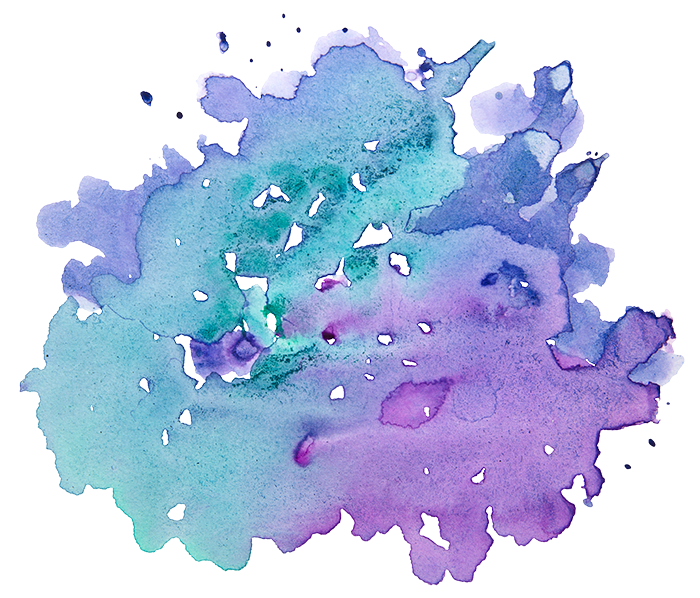by Leah Wittenberg, Mayyim Hayyim Intern
“There was a mikfa on oitnb!”
 This was the slightly confusing text I received from one of my friends who is not Jewish, but knows I am interning at a mikveh, Mayyim Hayyim, this summer. She is also in tune with Judaism due to all the Friday nights she has spent at Tufts Hillel with me over the past few years.
This was the slightly confusing text I received from one of my friends who is not Jewish, but knows I am interning at a mikveh, Mayyim Hayyim, this summer. She is also in tune with Judaism due to all the Friday nights she has spent at Tufts Hillel with me over the past few years.
It took me a couple minutes to fully decode her mysterious text; I had to inquire as to what “oitnb” meant. If you are like me and have no idea what she was talking about, “oitnb” is referring to Orange is the New Black, arguably the most popular Netflix original series, which centers on the lives of inmates in a women’s prison.

Credit: Netflix
Spoiler alert: If you have not yet finished the third season, the scene that I am going to touch on appears in the season finale, but I will try not to give too much away.
The scene to which my friend was referring, and the scene everyone seems to be talking about, revolves around a mikveh immersion. This prompted me to do some research, because it’s not very often that a mikveh makes an appearance on a TV show, and a popular one at that.
In fact, the last time a mikveh was shown being used on television was 2012 when Oprah Winfrey toured a mikveh in Brooklyn, focusing on a Chasidic community and the practice of monthly immersion, or, niddah. Before that, it was 2003 when we watched Charlotte York convert in the sixth season of Sex and the City.
Let’s face it—mikveh is simply not that publicized on television today.
That is, until the season finale of Orange is the New Black. The now famous mikveh scene occurs when one of the characters converts to Judaism. The dilemma is that even though the inmate, Cindy, has studied, shown a desire to become a part of the Jewish people, and even had a beit din (Rabbinic Court that presides over Jewish legal issues), there is noticeably no mikveh readily available in prison.
However everything changes in the final scene when all of the inmates manage to escape through a hole in the fence to a lake near the prison. The scene portrays Cindy immersing in the naturally occurring body of water quite beautifully, and we even hear the entirety of the shehechiyanu and a joyful mazal tov.
So what does this mean for the real world of mikveh?
The fact that this wildly popular television series ended the current season with a mikveh immersion should not be taken for granted. Mikveh is a ritual that is perplexing and private to most. But after its two minutes of airtime on Netflix, I wonder if “immerse in a mikveh” will make it on many more to-do lists, next to “start a gluten-free lifestyle” and “go to yoga class.”
While mikveh may be a popular topic of discussion in some circles right now, to me, this sacred ritual is much more than a a trend.
While I greatly desire more people to learn that immersing in a mikveh is not just something women do, I also know that mikveh exists for more than just the conversions we saw on Sex and the City and Orange is the New Black. Certainly, these aspects are important uses of mikveh, but mikveh is a multi-faceted ritual and its use has been reinvigorated and expanded by many creative and ritually-engaged Jews, Mayyim Hayyim, and other community mikva’ot already popping up all over the United States.
In no way am I attempting to demean the significance of the ritual being used as part of the Netflix series—I think this is a step in the right direction. It already has gotten many of my friends talking about mikveh who in any other circumstance could not care less.
I do, however, think that we should take this triumph with a grain of (kosher) salt. Mikveh may be a popular topic right now, but how do we keep the momentum in the future? Cindy’s mikveh experience is a great jumping off point, and who knows—maybe in the next few weeks we’ll have visitors to Mayyim Hayyim who saw the episode and had their interests piqued.
Leah Wittenberg is an intern at Mayyim Hayyim as part of the JVS Emerging Jewish Leaders Internship in memory of M. Bradley Jacobs. She is originally from the suburbs of Chicago and is a rising senior at Tufts University double majoring in Judaic Studies and Spanish.


The Viking Jewess
Thanks for this popular culture connection with the mikveh. My three almost & mostly adult sons (high school and college) are ALL into oitnb, and compulsively watch it now that summer is here and they have some more time on their hands. When they get to the end of season three, I will ask them about the scene. Just that a certain awareness is called forth with this kind of representation of a meaningful act and choice by a woman inmate, makes it valuable in my opinion.